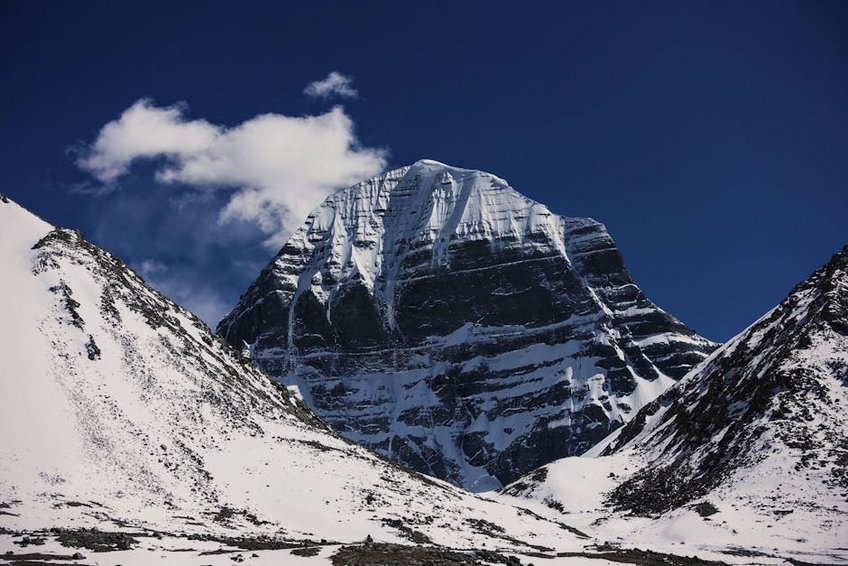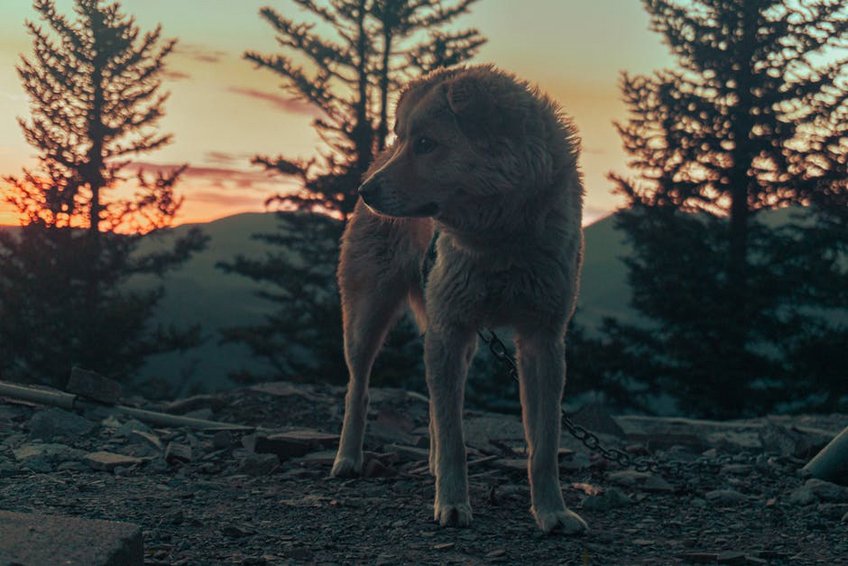Tibet Mount Kailash Pilgrimage: A Spiritual Himalayan Adventure
The Tibet Mount Kailash Pilgrimage represents one of the world’s most sacred journeys, drawing spiritual seekers and adventurers to its remote Himalayan slopes. This challenging trek involves completing the Kora, a 32-mile circumambulation around the holy mountain at altitudes exceeding 15,000 feet above sea level. Our guide provides essential planning advice, cultural insights, and practical tips for undertaking this transformative expedition through Tibet’s breathtaking landscapes.
Essential Pilgrimage Information
Mount Kailash stands 22,028 feet tall in western Tibet’s Ngari Prefecture, revered by four religions including Buddhism, Hinduism, Jainism, and Bon. The mountain remains unclimbed by agreement among religious communities, preserving its spiritual sanctity for pilgrimage circuits. Annual visitor numbers typically range between 15,000 to 20,000 people during the short climbing season.
Pilgrims have traveled these sacred routes for over a thousand years, with historical records dating to ancient Tibetan kingdoms. The journey represents a deeply personal spiritual undertaking rather than typical tourism. Completing the Kora is believed to bring spiritual merit and cleanse negative karma across multiple lifetimes according to Buddhist traditions.
Key Religious Significance
Understanding the mountain’s spiritual importance enhances your pilgrimage experience significantly.
- Buddhists associate Kailash with Mount Meru, the cosmic center containing various divine realms and meditation caves used by Milarepa.
- Hindu tradition identifies the mountain as Lord Shiva’s abode, with the nearby Lake Mansarovar representing purity and spiritual liberation.
- Jains believe their first Tirthankara attained enlightenment here, while Bon followers consider Kailash their religion’s sacred nine-story swastika mountain.
- Budget tours cost $1,800-$2,500 featuring basic guesthouses, group transportation, and simpler meals with shared guide services for 12-15 day itineraries including Lhasa acclimatization.
- Mid-range options range $2,600-$3,800 offering better hotels in cities, private vehicles, Western-style meals, and more experienced guides with smaller group sizes of 6-8 people.
- Luxury expeditions reach $4,500-$6,000 including premium accommodations where available, dedicated support staff, oxygen systems, and comprehensive services with maximum comfort considerations.
- Tibet Cultural Tourism Bureau
- Lonely Planet Tibet Travel Guide
Geographical and Climate Context
The Tibetan Plateau creates extreme conditions with oxygen levels approximately 40% lower than sea level at pilgrimage altitudes. Temperatures fluctuate dramatically between 65°F (18°C) during daytime and dropping to 14°F (-10°C) at night throughout the primary season. Weather changes rapidly with potential snow even in summer months, requiring flexible itinerary planning.
Acclimatization becomes crucial before attempting the full circuit, with most operators recommending 2-3 days in intermediate altitude locations. The high desert environment features minimal vegetation and intense sunlight at these elevations. Proper preparation significantly reduces altitude sickness risks during the demanding trekking days.
Pilgrimage Route Overview
The traditional Kora follows a clockwise path covering 32 miles over three standard days with overnight stops at designated campsites. The highest point reaches 18,471 feet at Dolma La Pass, presenting the most physically challenging section. Pilgrims typically complete 7-10 miles daily while carrying minimal supplies.
Various starting points exist including Darchen at 15,000 feet, serving as the main gateway town with basic amenities. Alternative routes exist for experienced trekkers seeking longer circuits around the entire Kailash range. Local guides strongly recommend against solo attempts due to navigation difficulties and emergency response limitations.

Alt: “mount-kailash-pilgrimage-trekking-himalayan-landscape”
Planning Your Tibet Mount Kailash Pilgrimage
Organizing your Tibet Mount Kailash Pilgrimage requires careful attention to permits, physical preparation, and seasonal timing for optimal conditions. Foreign travelers must join organized tours through licensed operators who handle Tibet Travel Permits and Alien Travel Permits. Independent travel remains restricted throughout the Tibet Autonomous Region without proper documentation.
Physical conditioning should begin 2-3 months before departure with cardiovascular exercise and altitude simulation if possible. The pilgrimage involves 6-8 hours of daily trekking across uneven terrain with significant elevation changes. Medical consultations are advisable for those with pre-existing heart or respiratory conditions before committing to this high-altitude adventure.
Best Time to Visit Mount Kailash
Peak pilgrimage season runs from May through September when temperatures range from 50-65°F (10-18°C) during daytime. July and August offer warmest conditions but also attract largest crowds during summer festivals. Shoulder months of May and September provide cooler temperatures between 40-55°F (4-13°C) with fewer visitors.
The pilgrimage route closes completely from November through April due to heavy snowfall and dangerous conditions. Monsoon influences create afternoon cloud cover from late June through August, potentially obscuring mountain views. For optimal weather and visibility, target early June or late September when conditions remain stable with moderate visitor numbers.
Budget Planning and Costs
Pilgrimage expenses vary significantly based on group size, accommodation standards, and included services.
Essential Preparation Checklist
Physical training should emphasize endurance with regular hiking carrying 15-20 pound packs and stair climbing simulations. Altitude acclimatization requires gradual ascent schedules, typically spending 3-4 nights in Lhasa at 11,975 feet before proceeding higher. Medical preparations include consulting physicians about altitude medication and assembling comprehensive first-aid kits.
Documentation needs include valid passport with Chinese visa, Tibet Travel Permit, and multiple passport photographs for various checkpoints. Gear requirements focus on layered clothing systems, quality broken-in hiking boots, and reliable four-season sleeping bags for cold nights. Book tours 4-6 months ahead for best guide availability and permit processing timeframes.
Top Attractions and Spiritual Sites
The Kailash region contains numerous sacred sites beyond the main circumambulation route, each holding deep religious significance. Lake Mansarovar sits at 14,950 feet elevation, considered one of the world’s highest freshwater lakes with stunning turquoise waters. Pilgrims often complete parikrama around this holy lake before or after the mountain circuit for additional spiritual merit.
Tirthapuri Hot Springs offer therapeutic mineral baths and important pilgrimage caves associated with Guru Rinpoche. The nearby Gurugyam Monastery provides fascinating insights into Bon religious traditions with ancient artifacts and manuscripts. These secondary sites enrich the overall spiritual journey through diverse religious perspectives and breathtaking natural settings.
Must-See Highlights
Yam Dwar, the pilgrimage starting gate, features intricate prayer flags and ceremonial significance as the doorway to the sacred realm. Dirapuk Monastery offers stunning north-face Kailash views and basic accommodation for pilgrims undertaking the circuit. The second day’s ascent to Dolma La Pass presents both the greatest challenge and most spiritually significant moment.
Gauri Kund Lake sits just below the pass, considered sacred particularly to Hindu pilgrims who believe Parvati bathed here. Zutulpuk Monastery on the final circuit section contains the meditation cave of Milarepa with ancient rock inscriptions. Each location contributes uniquely to the pilgrimage narrative and spiritual progression around the holy mountain.
Hidden Gems and Local Favorites
Astapad represents the mythical site at Kailash’s south face where Shiva resides, though the actual location remains spiritually significant. Few pilgrims visit the less-traveled eastern valleys containing ancient meditation caves used by Buddhist masters. Local guides can sometimes arrange visits to nomadic families in remote pastures during longer itineraries.
The Bon pilgrimage circuit follows counter-clockwise direction, offering different perspectives and fewer crowds. Small roadside tea shops between Darchen and Lake Mansarovar provide authentic interactions with local Tibetan families. These lesser-known experiences create memorable moments beyond the standard pilgrimage route when time permits exploration.
Spiritual Practices and Rituals
Prostrating pilgrims complete the entire circuit by lying flat and rising repeatedly, often taking weeks for the full journey. Prayer flag installations at high passes honor Buddhist traditions of spreading compassion through wind-horse symbolism. Water offerings at sacred streams and lakes follow purification rituals described in ancient pilgrimage texts.
Mantra recitation throughout the trek maintains spiritual focus, particularly Om Mani Padme Hum at mani walls. Circumambulation direction differs by religion with Buddhists and Hindus moving clockwise while Bon followers travel counter-clockwise. Understanding these practices deepens appreciation for the pilgrimage’s multicultural spiritual dimensions.
Practical Travel Information
Reaching Mount Kailash involves multiple transportation stages beginning with flights to Lhasa or overland routes from Nepal. The journey from Lhasa covers approximately 600 miles requiring 4-5 days by vehicle with necessary acclimatization stops. All foreign travelers must travel with licensed guides and registered vehicles throughout Tibet.
Accommodation ranges from basic guesthouses in towns to tented camps along the trekking route with limited amenities. Communication remains challenging with sporadic mobile service and limited internet access beyond major towns. Physical preparation proves essential for managing the remote conditions and high-altitude environment successfully.
| Category | Options/Features | Price Range (USD) |
|---|---|---|
| Accommodation | Basic guesthouses, tent camps, limited hotels in towns with shared facilities | $15-80 nightly |
| Transportation | 4WD vehicles, domestic flights, support trucks for group equipment | $800-1,500 total |
| Meals | Simple Tibetan cuisine, noodle soups, tsampa, limited Western options | $10-25 daily |
| Guide Services | Licensed English-speaking guides, trekking assistants, cultural interpreters | $40-100 daily |


